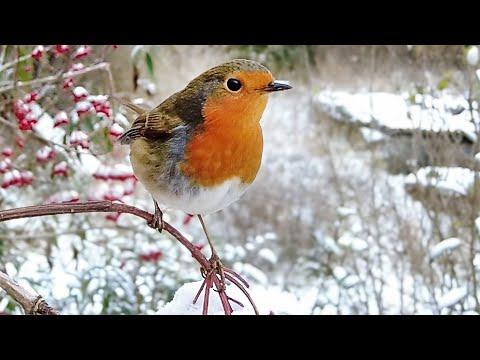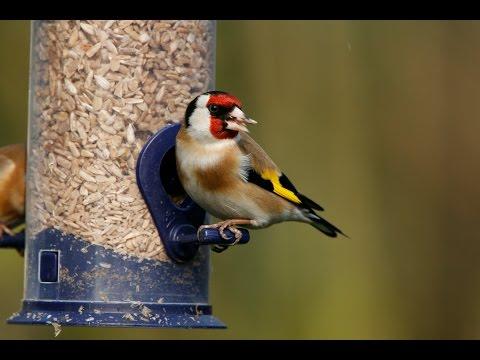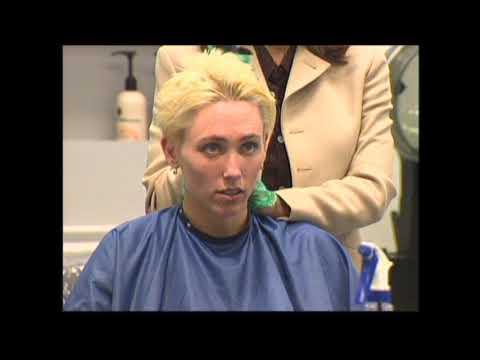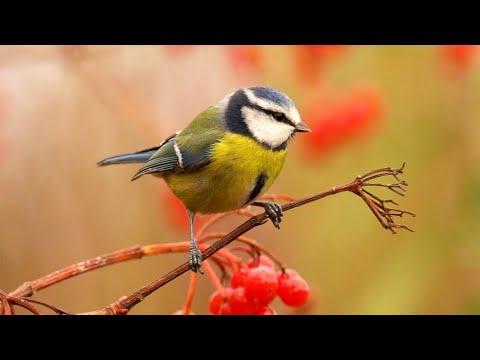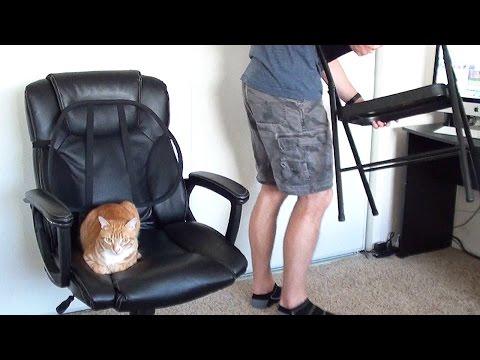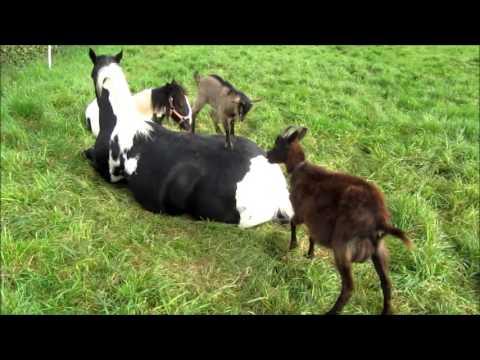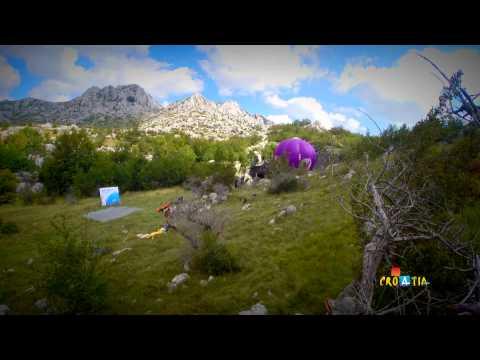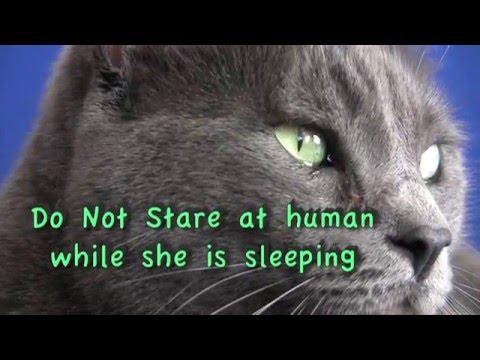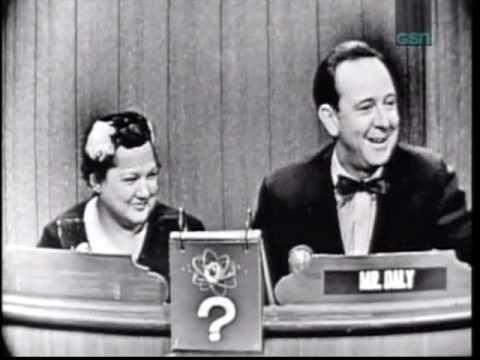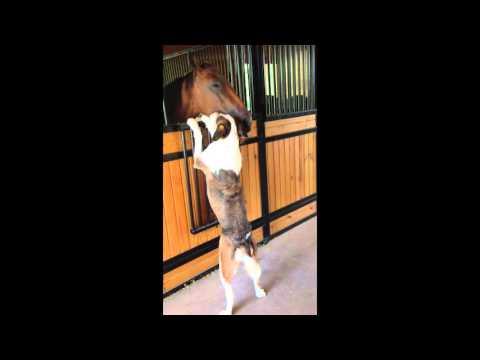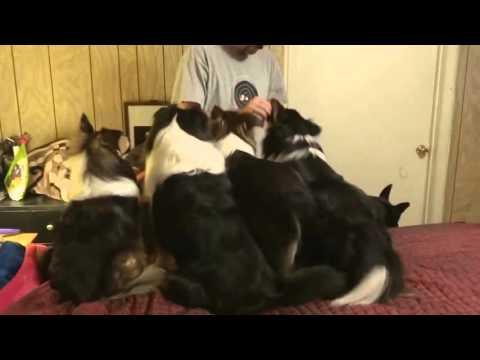Description
All of the feeders and feed mixes featured in this video can be found on https://www.vinehousefarm.co.uk/.
Have you ever wanted to know how to attract birds to your garden? Our experts at Vinehouse Farm have put together this video to show you what types of bird to expect in your garden and how you can feed them.
This video acts as a bird feeding tutorial, teaching you how to find out what types of food birds eat by just looking at their bills, as well as giving you tips on how to attract birds to your garden throughout the year. With beautiful videos of birds singing, eating, and flying, you can enjoy the natural sights of the common and less common birds that you will be able to find in your garden.
If you have ever wondered why husk free bird feed mix is better to use than others you may find in shops, you can have all of your questions answered in this video. Whether you are a newcomer or an expert, these top tips give an illustrated guide to how to attract birds to your garden.
In this video, we cover:
- The positioning of feeders to ensure that all species can get food
- Type of feed
- The safety of birds in your garden
- The maintenance and hygiene of feeders
- The best feeders for keeping out unwanted animals such as squirrels.
Video Script::
in this short video we'll show and explain all the key things you need to know about feeding the birds in your garden and doing so in a way which attracts the maximum number of species and takes into account their health and well-being so some basics to start off with although there are many species of birds which visit Gardens the majority are songbirds and very broadly we can split them into two groups simply by the shape of their bills looking close up at this Robin you can see that the bill is relatively pointed this means that the natural food it eats is mainly invertebrates such as worms and insects whereas this house sparrow has a more triangular bill to crack open seed husks this is the case with the green Finch for example a seed like black sunflowers presents no problem to these species they can very easily take the husk off to get to the nutritious heart whereas the Robin can't crack open a seed husk but can eat the contents if the husk is already removed as you can see here with sunflower hearts which are what's inside black sunflower seeds this also demonstrates another key point about feeding Birds you also need different types of feeders and including those which go on the ground this is because species such as Robin Blackbird song thrush and donek so the ones with the more pointed bills which favor invertebrates as their natural food more typically feed on the ground and therefore find it difficult or impossible to cling on to hanging feeders so these species need a ground feeder or bird table with food which includes seeds but with no husk on whereas finches sparrows and tits are all fine with hanging feeders and with seed which can have a husk on but don't blue tits and great tits also have pointed bills they do indeed but what here had the highly dexterous great tits deal with a black sunflower seed firstly it easily lands on the perch of the feeder which you can do because it's natural food is typically invertebrates which it catches in trees and shrubs and then flies to a branch where it holds the seed in its feet and then pecks away at the seed husk with its sharp bill in order to get out the nutritious heart cont its can do the same this behavior is very different to how finches eat the same food as they'll stay on the feeder perch and remove the husk and eat it using only their bill so let's now look at the range of foods available and the different types of feeder for them straight foods as the name suggests our seed types and also peanuts which haven't been mixed with anything else the main ones include black sunflower seeds sunflower Hearts Niger seed red millet white millet plus peanuts with the exception of Niger seed and peanuts which we'll come back to straight seeds are best fed from a tube feeder like this one in addition sunflower Hearts can be fed from a bird table or ground feeder four Niger seed this is so tiny that it needs a special feeder with very small ports to prevent the seed from running out Niger is a real favorite of gold finches and you stand a very good chance of encouraging this colourful bird into your garden if you feed Nigel from a special feeder like this one for peanuts these should only ever be fed from a mesh feeder as having them loose on a bird table or in a tube feeder means that birds such as Robins can try to swallow them whole and this can cause them to choke to death peanuts remain a real favorite for many birds and can attract special species such as great spotted woodpecker and nuthatch a very important note about peanuts is that you should only ever buy product which is labeled as nil detectable signs of aflatoxin or similar words as this ensures the peanuts are entirely safe for birds to eat next up it's mixes which are all seed based though some mixes contain other ingredients such as sultanas and suet pellets mixes have the obvious advantage over straight foods in that one product can do the job of many and if you choose a mix which has husk free seeds then one product can cater for most of the birds in your garden though not quite all which we'll come back to it's still important though to think about how you feed the mix and the same husk remix on a bird table or ground feeder will ensure that other species like this female black cap get their share another reason to use a husk free mix is that it can really help if you're pushed for time this is because it's essential that the waste is cleaned up from underneath the feeders as leaving it can cause harmful bacteria to build up which in turn can lead to fatal diseases for birds so with little or no waste from a husk free mix this helps solve the problem now on to the increasingly popular range of suet products which comes as pellets balls and blocks so it pellets are very versatile and can be fed from a mesh feeder on a bird table or a ground feeder in a mesh feeder there are very good alternative to peanuts and will attract long-tailed tits which is one of the species which won't normally feed on seeds or mixes however they're fed so it balls and suet blocks are easy to feed and just go into purpose-made cages like these all the different species of tit love suet blocks and balls plus great spotted woodpecker and not getting the rather under loved Starling now food that not enough people feed to their garden birds live mealworms yes they wriggle up it but they're just the harmless larvae of a beetle importantly though they're the best possible food to put out in the breeding and fledging seasons as they contain both the moisture and protein which young birds need to survive and flourish with the main types of food now covered and most of the feeders a quick look at some different feeders which keep out grey squirrels and also larger birds such as jackdaws grey squirrels can be a real nuisance in gardens by hogging the bird feeders damaging them and deterring birds from landing larger birds such as jackdaws Magpies that even rooks can also be a problem and despite their size can often manage two precariously cling on to feeders there are two types of basic feeder you can use to help solve the problem the first being cage feeders which prevent the squirrel or larger bird from getting out the food these feeders are available for peanuts and suet pellets seed and live meal worm the second type uses an ingenious mechanism which closes the ports of the feeders when the weight of a squirrel or larger bird lands on one of the perches and therefore it prevents any food being taken positioning is important the main consideration other than them being in a good place for you to watch the action from your window of course is that they're away from anywhere which a cat could hide in and pounce on the birds so avoid being too close to shrubs and other undergrowth and if you don't have a handy tree to hang the feeders from then a feeding station like this one is ideal one really important aspect feeding birds is keeping feeders and bird tables clean this is per curse and as mentioned before about not allowing wastes to build up underneath feeders dangerous bacteria can build up which can lead to fatal diseases something which finches are especially prone to now just to summarize on the main points you need a variety of different foods and different ways of feeding them to attract the maximum number of species if you're pushed for time or don't want the hassle of cleaning up mess then stick with husk free seeds such as sunflower hearts and husk free mixes you should also have either a mesh peanut feeder or suet feeder to ensure that species such as long-tailed tit and great spotted woodpecker can feed if squirrels or larger birds are a problem then use suitable feeders to keep them out position feeders away from bushes and undergrowth where cats hide and pounce from and always keep your feeders and bird tables clean and one final thing it's also important to provide fresh clean water for both drinking and bathing and as with feeders and tables it's vital that bird baths are kept clean we hope you found this video helpful and there's lots more detailed information about feeding Birds on our website












